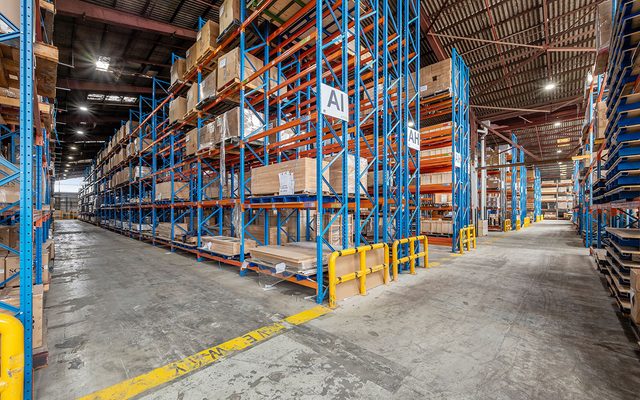This article is from the Australian Property Journal archive
KEY drivers normalising across the industrial market means the surging occupier demand in Sydney and Melbourne is not expected to last beyond the near term, according to BIS Oxford Economics.
Occupier demand for industrial property in Sydney and Melbourne has been extremely strong through 2021 despite the lockdown-triggered setbacks to the New South Wales and Victorian economies. BIS Oxford Economics estimates metropolitan net take-up of space is on track to exceed one million sqm this year in both markets – at 2.2 million sqm over the year to June and just over two million for the calendar year – a record level of take-up and well above the long-term average.
This has been underpinned by retailers – both pure-play and omnichannel – transport and logistics operators, manufacturers linked to the construction, food and pharmaceutical sectors, and businesses boosting domestic inventory levels to guard against supply chain and shipping disruptions. There is another six to 12 months left to run of this heightened demand.
“The strength in industrial property occupier demand in Sydney and Melbourne this year has been extraordinary, but we don’t think it will be sustained,” said Lee Walker, BIS Oxford Economics principal property economist.
“The strength of near-term occupier demand will be driven by continued growth in online spending and BIS Oxford Economics thinks it will be well into next year before supply chain disruptions ease.”
According to Knight Frank, leasing take-up volumes along the east coast are currently running 31% above their long-run average, while pre-leasing activity for new buildings grew by 11% in the 12 months to October. It expects rental growth of 5% in Sydney and 6% in Melbourne in 2022.
BIS Oxford Economics is forecasting a strong rebound in economic growth in NSW and Victoria over the next 12 to 18 months as the states reopen, flowing through to stronger than normal demand for industrial property space.
BIS Oxford Economics forecasts net absorption easing back to around 1.4 million sqm per annum by 2023 for Sydney and Melbourne combined.
“By 2023, we anticipate demand for industrial property will slow down as online retail spending growth slows (as people shift more of their spending towards services and away from goods) and industrial property demand reconnects to still healthy but lower rates of economic growth,” Walker said.
“That means developers and building owners need to be aware of the future slowdown in demand and plan accordingly.”
The combined 1.4 million sqm figure is easily clear any pre-pandemic figure.
The drive to service online retail sales is one of the biggest structural changes sweeping through industrial property, driving investment in newer more efficient warehousing to meet customer demand and last-mile networks. This has seen Amazon commit to a new 200,000 sqm fulfilment warehouse at Eastern Creek and a 37,000 sqm facility at Ravenhall.




